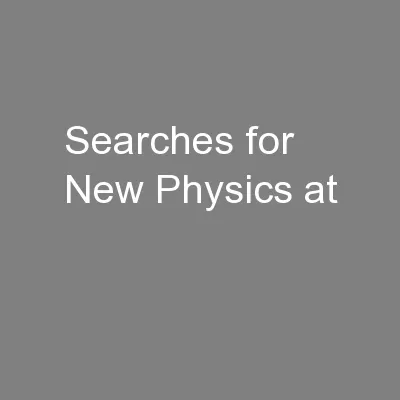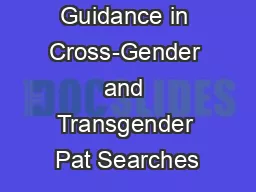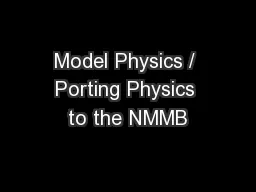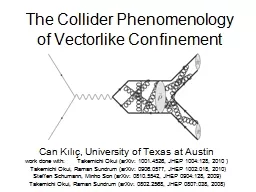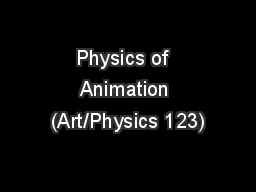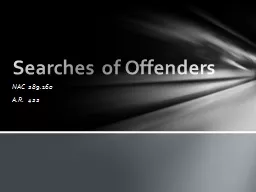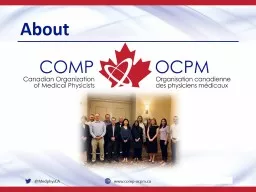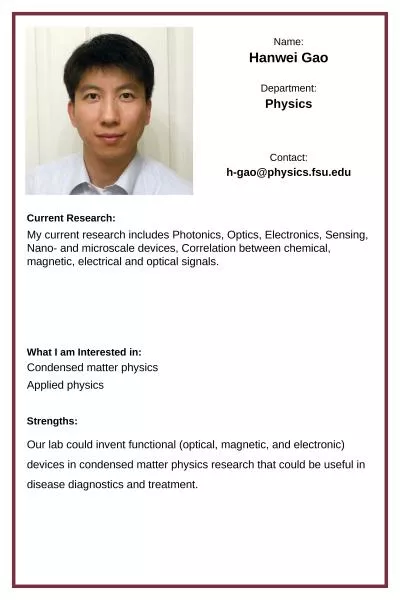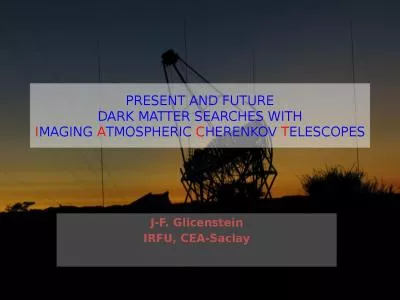PPT-Searches for New Physics at
Author : celsa-spraggs | Published Date : 2016-05-22
the Large Hadron Collider Jeffrey D Richman Department of Physics University of California Santa Barbara Scottish Universities Summer School in Physics St Andrews
Presentation Embed Code
Download Presentation
Download Presentation The PPT/PDF document "Searches for New Physics at" is the property of its rightful owner. Permission is granted to download and print the materials on this website for personal, non-commercial use only, and to display it on your personal computer provided you do not modify the materials and that you retain all copyright notices contained in the materials. By downloading content from our website, you accept the terms of this agreement.
Searches for New Physics at: Transcript
Download Rules Of Document
"Searches for New Physics at"The content belongs to its owner. You may download and print it for personal use, without modification, and keep all copyright notices. By downloading, you agree to these terms.
Related Documents

